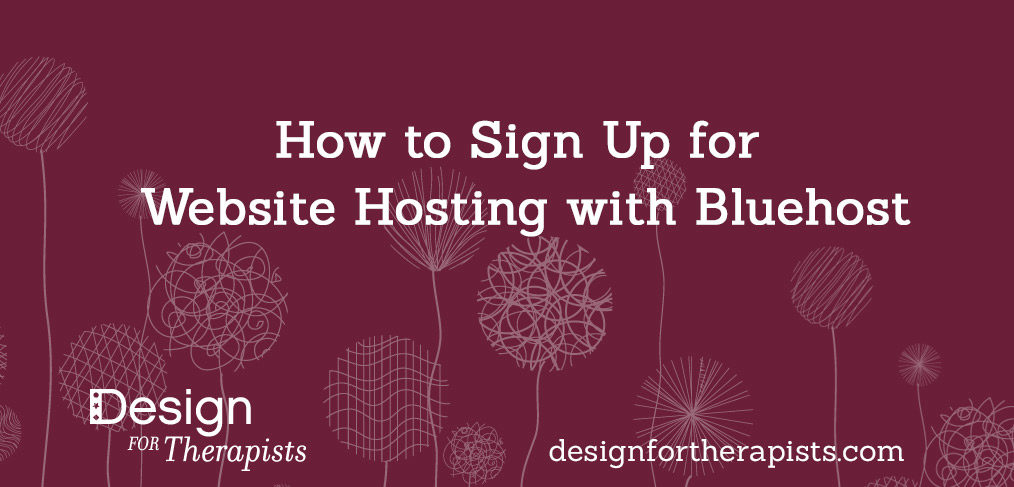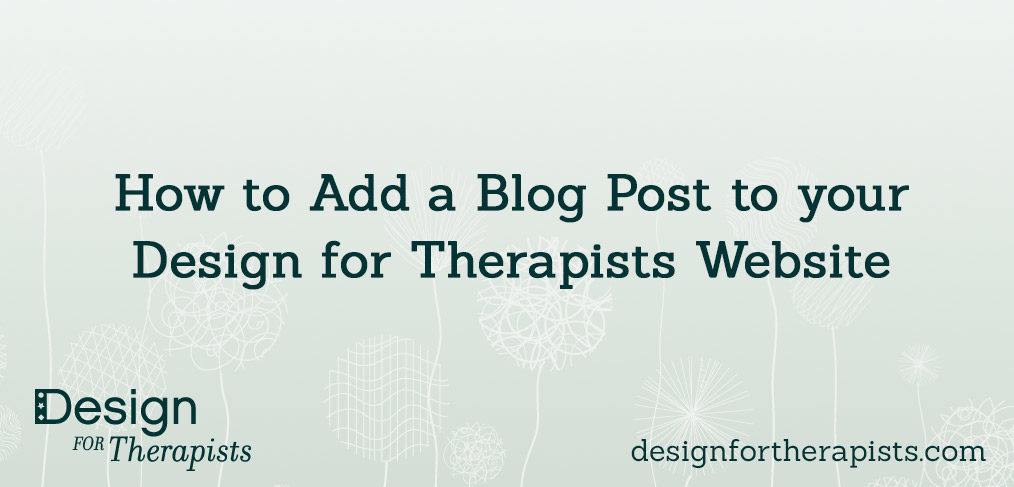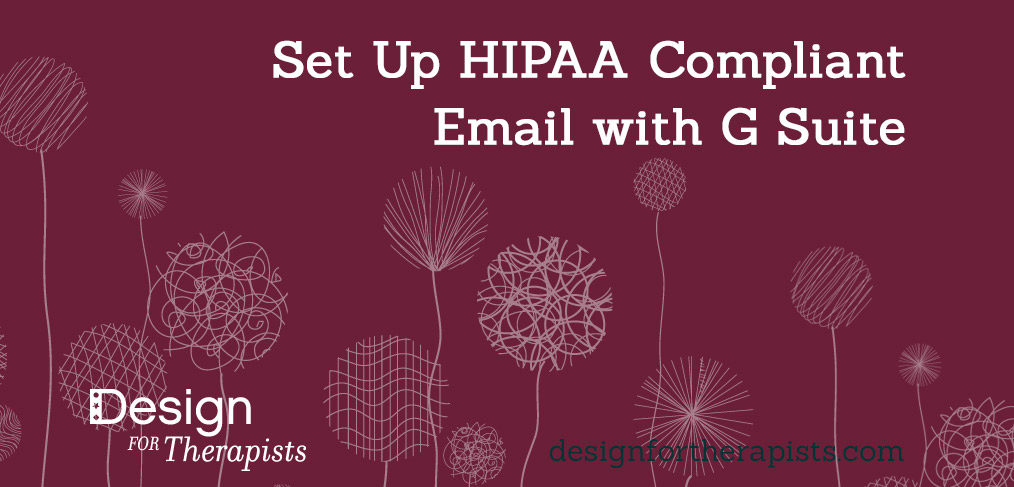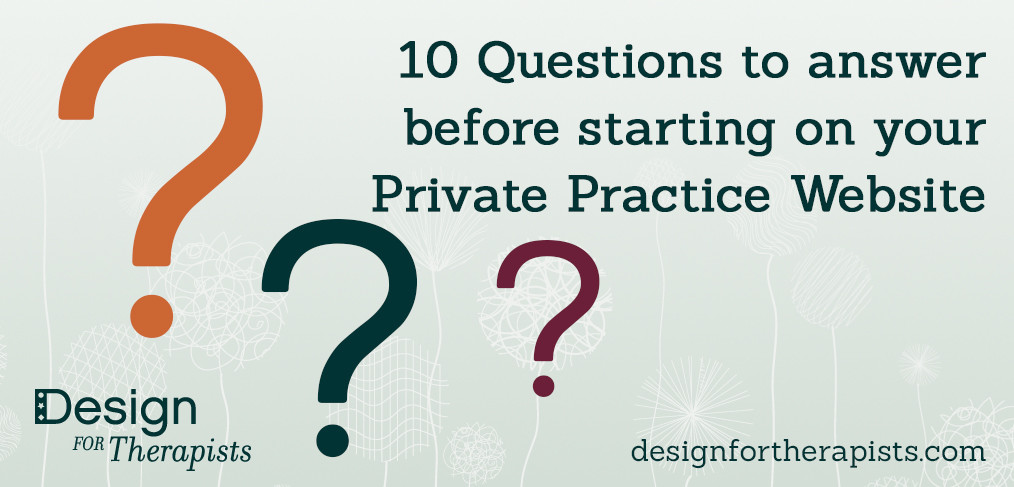In order to have a website, you will need to have both a domain name registered as well as a hosting service. I recommend using Bluehost.com for both. Bluehost gives you a free domain and SSL certificate when you sign up for one of their hosting plans. It can be confusing to know which plan to sign up for, so I have outlined the steps below. These options of suitable for a basic therapist website.
Your website is finally launched! Congrats! If you’ve had a website designed by Design for Therapists, it was created using the Avada WordPress Theme (for sites I’ve done since 2018.) Here are step by step instructions on how to edit content on a page.
Your website is complete and now you’re ready to start blogging! If you’ve had a website designed by Design for Therapists, it was created using the Avada WordPress Theme (for sites I’ve done since 2018.) Here are step by step instructions on how to add a blog post in the Avada theme.
If you’re dealing with Personal Health Information (PHI), and as therapists, we are, it’s important to use an email that is in compliance with HIPAA. There are more and more services offering HIPAA compliant email, but I recommend using Google’s G Suite. G Suite is Google’s set of really useful applications including Gmail, Google Drive (for storing and sharing files,) Google Docs and Calendar, which is offered for $5/month per user.
Searching online for products and services has become a daily activity for most of us. We all use search engines to find the information we need before deciding to take an action. Your clients are doing the same thing when they start looking for a therapist. Once you start understanding how search engines work, search marketing can be a valuable tool to use to get exposure for your practice.
You’ve decided you need a website for your private practice but all the technical speak may seem daunting. For many therapists the elements involved in building a site can seem like a foreign language. In this web design glossary for therapists, I’ve defined the most relevant terms you might come across.
So you’ve decided it’s time to have a website for your private practice. Maybe it’s the first time you have a web presence, or perhaps you have an existing site and are feeling it’s time for an upgrade. Before getting started, there are some important questions to answer so that the design process can be most efficient and your web designer can create a site that matches your vision and will attract the clients you most desire.







